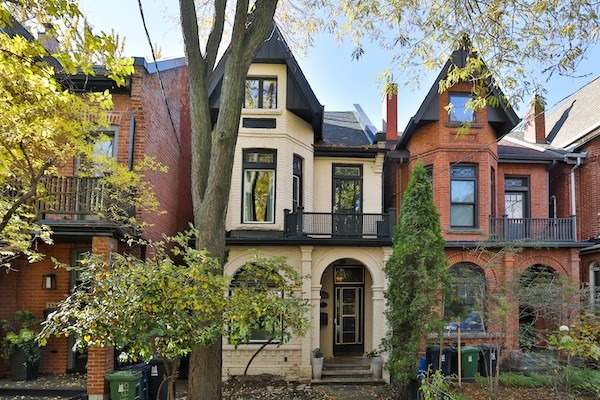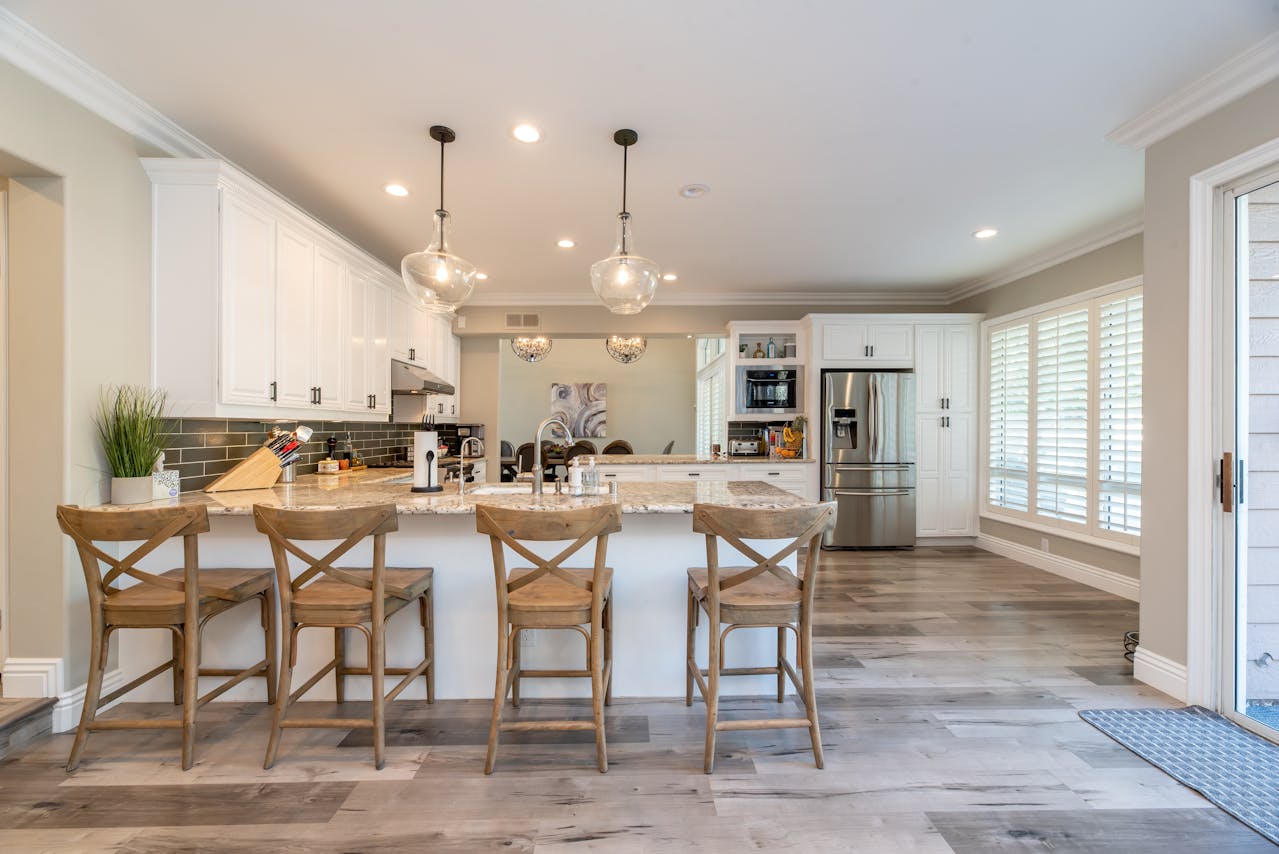Demystifying Home Retrofits: An Interview with Building Science Expert Stephen Magneron from HomeSol
Interview by Andy Cockburn and Jillian McArthur, NAIMA Canada
As we journey towards a more sustainable future, the role of home retrofits becomes increasingly significant. These types of retrofits, often referred to as whole-home retrofits, are pivotal in enhancing energy efficiency, reducing carbon footprints, and ensuring homes are comfortable and resilient.
To delve deeper into the world of whole-home retrofits, we sat down with Stephen Magneron, a building science expert and Senior Registered Energy Advisor from HomeSol Building Solutions, a leading organization specializing in energy efficient home solutions. Stephen is also a certified PassiveHouse consultant, an Energy Advisor (EA) for R-2000, Energy Star, and Existing Homes. Phew!
Let’s jump right into our interview with Stephen.

Q: Stephen, can you please explain what a whole-home retrofit is?
Stephen emphasizes that a whole-home retrofit embraces a comprehensive approach to improving a home’s energy efficiency and comfort. It involves optimizing various aspects such as air tightness, insulation, and proper windows to achieve specific performance targets.
Stephen underscores the importance of viewing the home as a system, where every component interacts with one another. He mentions that while the extent of retrofitting depends on individual circumstances, the overarching goal remains consistent: to create a more sustainable and comfortable living space.
Q: When people instigate a home retrofit for themselves and their family, are they already savvy in what’s needed? Will this change in the future?
Stephen highlights that while some clients may initiate retrofits with a specific goal in mind, such as utilizing grants or loans, others may require guidance from renovators or builders. Stephen likes to help guide them towards their goals. He emphasizes the importance of adapting to evolving trends and preferences, suggesting that future initiatives may involve enhanced contractor training and targeted social media campaigns aimed at homeowners.
Q: Can a retrofit be phased?
Stephen confirms that a phased approach is indeed viable, especially in mitigating upfront costs. His strategy generally involves providing homeowners with the entire retrofit plan, ensuring they have a clear understanding of the process.
Stephen also underscores the importance of considering all aspects of the home’s envelope, noting that upgrades like siding present an opportunity to address insulation needs at the same time. Talk about good timing!
This holistic approach empowers homeowners to make informed decisions about their retrofit journey. Stephen also highlights the invaluable role of Energy Advisors or experts familiar with achieving Net Zero standards in facilitating a phased approach, given their expertise in navigating project intricacies.
Q: Where do you even start when it comes to home retrofits and deep energy retrofits?
Navigating the home retrofit process can sometimes be overwhelming for homeowners and can be tricky because it’s down to the individual and their unique home. Some homeowners are research driven, some are not sure where to start, some might already have a contractor, and some need hand holding, which is what the EA/Stephen is there for!
Stephen suggests initiating the journey by seeking an evaluation from a reputable company like HomeSol. This evaluation serves as a roadmap, guiding homeowners towards qualified renovators and tailored retrofit solutions aligned with their goals.
Q: How long does this relationship with your Energy Advisor (EA) last?
Stephen explains that the duration of the homeowner-HomeSol relationship varies based on the project scope. HomeSol offers comprehensive services, from initial energy modeling to project completion, collaborating with builders and contractors to ensure seamless execution.
For example, the EA could just be involved with the initial energy modelling, then making a plan or giving the homeowners info so they can make their own plan. Or, if they involve a builder/contractor, they can work with them. The EA could also do air tightness testing, design, and be a third eye to look at the project. The EA can take it all the way to finish, when all the renos are done, they do a blower door test, verify everything that’s been installed, issue any necessary labels (Passive House, Net Zero, etc).
Q: What are some of the most common concerns in the home to look out for before going down the retrofit path?
When it comes to identifying common concerns in homes, Stephen highlights several key areas to watch out for. These include issues with the furnace or other mechanicals, which may be showing signs of wear and tear. Additionally, homeowners may experience high utility bills and excessive heating and cooling loads, often indicative of inefficiencies in the home’s systems. Incorrectly sized mechanicals pose another challenge, potentially leading to suboptimal performance and increased energy consumption. Stephen also emphasizes the reliance on heat pumps, cautioning that without addressing the home’s envelope, reliance on backup systems may be necessary, leading to inefficiencies. Attention should be paid to roofing, insulation, and residing the house, as these can significantly impact energy performance.
Contractors play a crucial role in identifying and addressing these concerns. Attention must be given to windows and moisture-related issues, particularly in the basement. Proper management of rainwater is essential, as it can contribute to moisture-related problems that need to be addressed promptly. These concerns can often be tackled in tandem with energy upgrades, ensuring a comprehensive approach to improving home performance.
Q: How do rebates and incentives work with energy audits and retrofit plans? What’s the landscape now with working with rebates?
Stephen sheds some light on the landscape of rebates and incentives. He acknowledges that navigating these incentives can be challenging, but notes that HomeSol has streamlined the process with a harmonized system and dedicated staff to help with submissions. Their goal is to make the system as user-friendly as possible for homeowners.
Stephen explains that HomeSol’s energy guide evaluation typically qualifies homeowners for various rebate programs, providing information on available programs and guiding homeowners along the way. Depending on the program, certain requirements may need to be met to qualify for rebates. HomeSol ensures homeowners are well-informed and equipped to take advantage of available incentives.
Q: During the retrofit process, will the occupants need to move out?
The necessity of relocation depends on the approach taken, whether from the inside or outside of the home. Stephen highlights the EnergieSprong approach, where retrofitting, including air tightness and insulation, is carried out from the exterior. This method allows occupants to remain in the home during the retrofit process, minimizing disruptions to their daily lives. This is just an example of a minimally invasive process.
Q: Getting to the finish line now, what can homeowners expect for an end result of a retrofit?
Stephen loves seeing the end results of a project! While comfort is subjective, a Deep Energy Retrofit (DER) ensures that occupants can maintain comfort without needing to adjust their behavior. So yes, open those windows. Homeowners could anticipate fresher air and potentially better sleep due to improved ventilation and air quality. Stephen underscores the importance of considering health aspects, such as Indoor Air Quality (IAQ).
Interestingly, he says that once homeowners experience the transformation brought about by a retrofit, they often find it difficult to revert to their previous conditions
Q: Can retrofits increase your home value?
While immediate resale value may not be apparent, Stephen emphasizes the long-term benefits of retrofits in enhancing home comfort, efficiency, and possible market competitiveness. With the potential implementation of energy labeling initiatives, retrofitted homes may garner increased appraisal values and attract environmentally conscious buyers.

In closing, Stephen emphasizes the transformative potential of home retrofits in creating sustainable, comfortable living spaces. By prioritizing holistic solutions and leveraging available resources, homeowners can embark on a journey towards a greener and more resilient future. As Stephen wraps up by saying: energy efficiency is the by product (the thing we can actually measure) of a good and comfortable home. In other words, achieving energy efficiency is like the icing on the cake of creating a warm and inviting home.
You can find Stephen and his team over at HomeSol. A huge thank you to Stephen for sitting down to chat with us!
